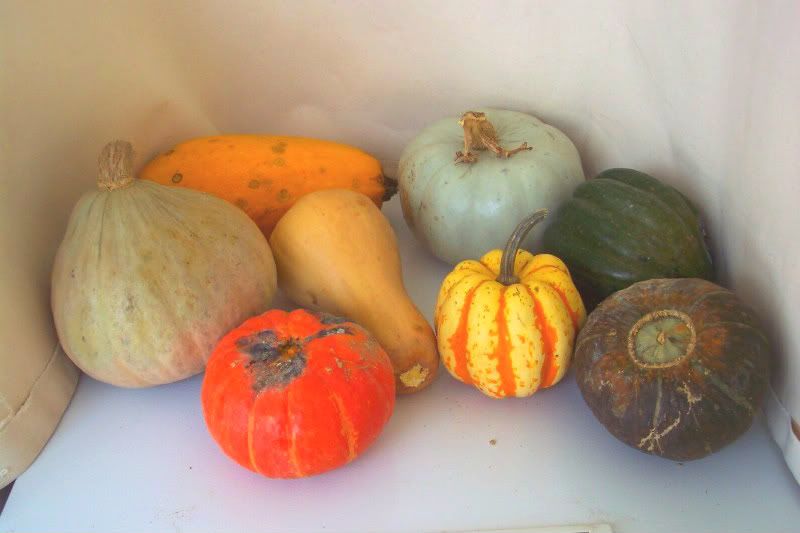We’ve all seen or heard the warnings…they go something like this: “a funnel cloud has been spotted 3 miles south-west of Carlton, people in the path of the storm should take cover immediately”

Have you ever wondered who these people are who spot these weather events and how they get reported so quickly? Well, they are a combination of emergency personnel and regular folks who have an interest in the weather and volunteer their time to watch out for the rest of us.
Last week I took the opportunity to join about 100 others in the weather spotter training that was held in Monroe. The class was taught by representatives of the Detroit office of the National Weather service. This two hour session was a great introduction to evaluating severe weather and how to report it. I have been wanting to do this for years and finally got the chance to do it.
You by no means become a severe weather expert like Dr Forbes of the Weather Channel. The class did inspired me to learn more about severe weather however.
In the meantime, I am certified as a storm spotter, all be it an un-experienced one.
There are a number of classes scheduled in our area if you are interested in participating. Admission is free. Click here for the Spotter Training Schedule.
Bob



